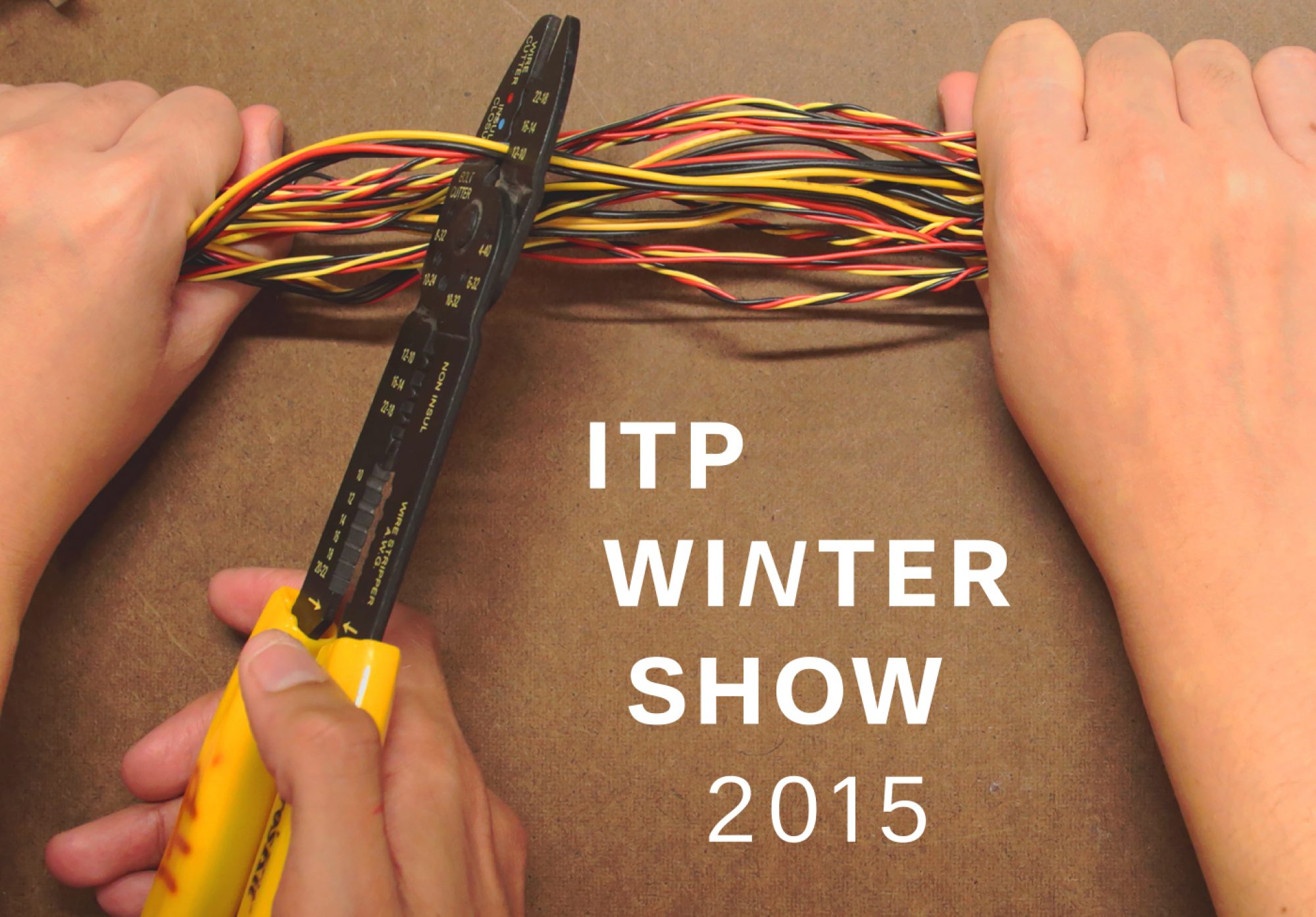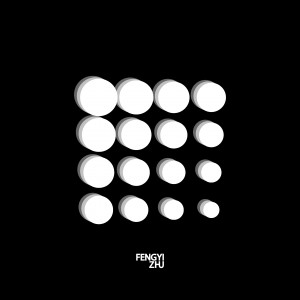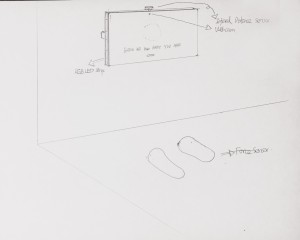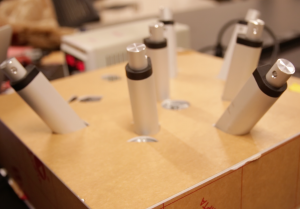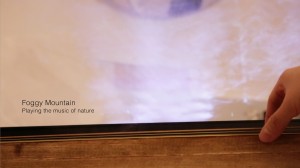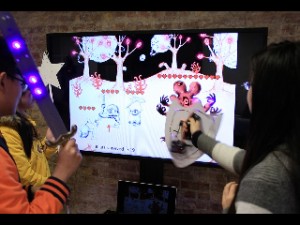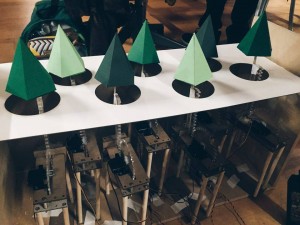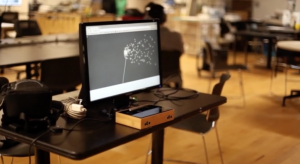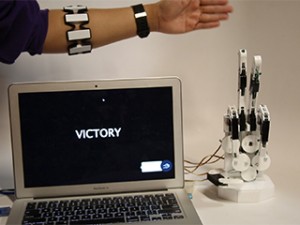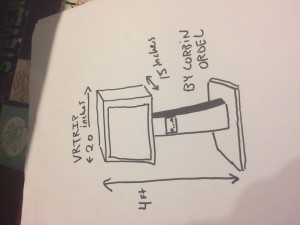Fengyi Franklin Zhu
Experiencing form & transform through your hand
http://fengyizhu.com/project/4×4.jpg
Description
Our hands serve as our most powerful tools at almost any occasions, we point, we touch and explores the world with them. With this understanding our hands, further approach through experimenting with hands catches my interests, what if the hands can be even more power than just pointing or touching? What if it can transform objects?
This piece of installation satisfies my curiosity, it empowers the hands through technology and explores the line between digital and physical. Any person standing in front of the piece and wave their hand, the pattern starts transforming according to the movement of the person’s hand. Since the iris mechanism is a great way to enlarge and shrink the size of a circle, the piece is made out of 16 irises and each controlled by a servo, which can close and open freely with a simple rotation from the servo. The algorithm is generally determine the diameter of each ellipses according to the distance between the position of the person’s hand and the position of each ellipses, so that the ellipse gets bigger as your hand is far away and gets smaller as your hand is close to it. The transforming process is organic, which delivers a natural feel that portray any experiences with hands.
Classes
Introduction to Physical Computing
